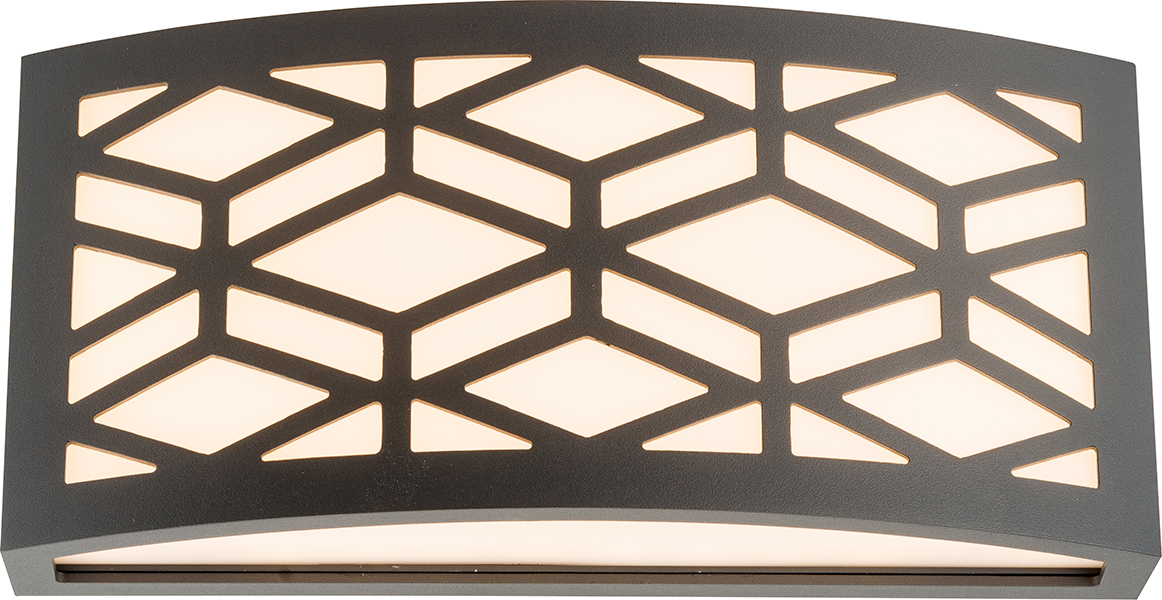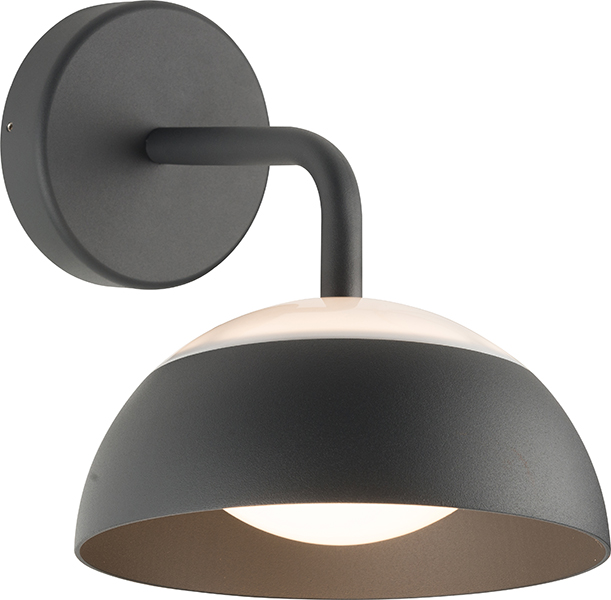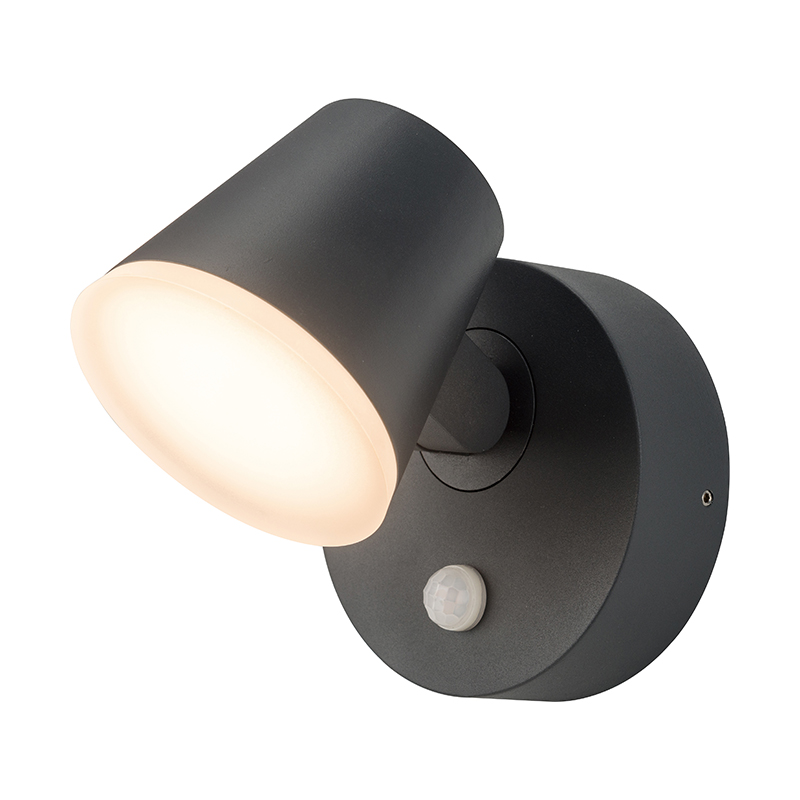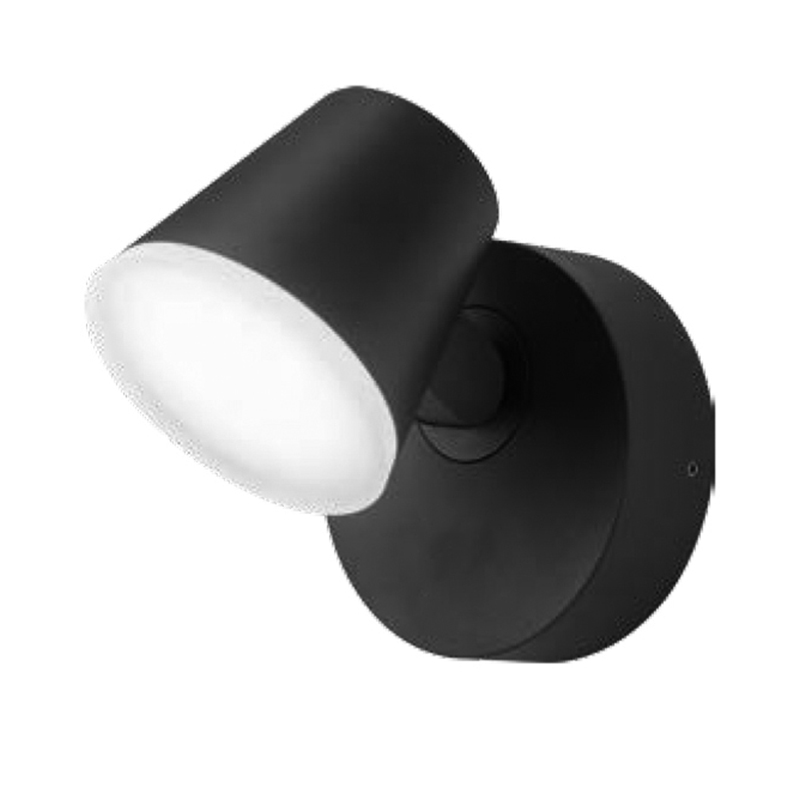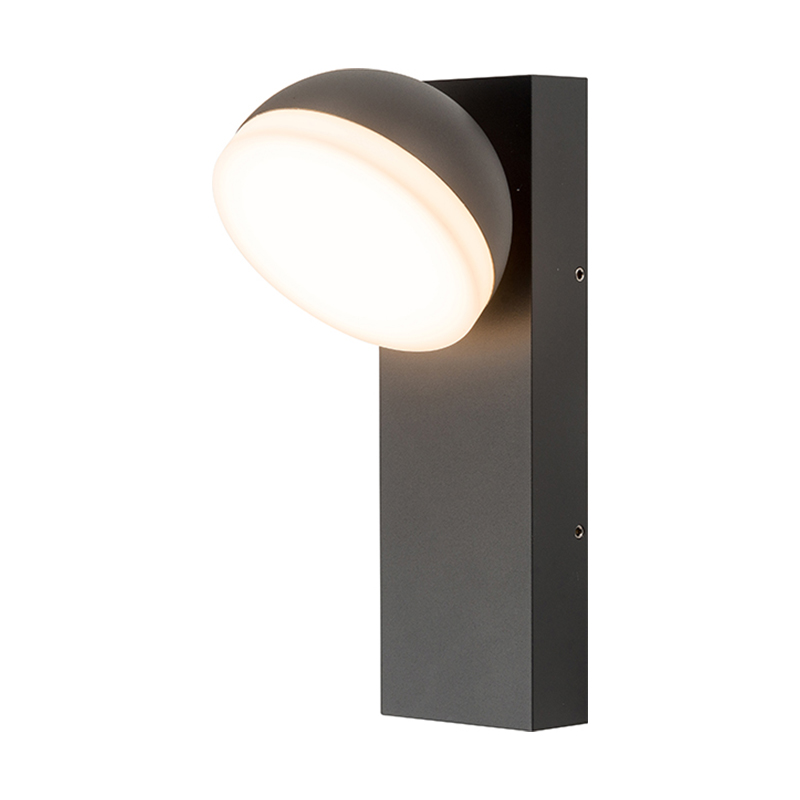
How to reduce energy consumption and save costs with LED outdoor rechargeable lights?
In modern society, with the continuous rise in energy costs and the increase in environmental awareness, more and more people are beginning to pay attention to how to reduce energy consumption and save money through more efficient lighting methods. LED outdoor rechargeable lamps are suitable for outdoor environments that require long-term lighting due to their excellent energy efficiency and long life. LED lamps are very energy-efficient compared to traditional incandescent lamps, halogen lamps and fluorescent lamps. The power consumption of LED lamps is much lower than that of traditional lamps. At the same brightness, LED lamps consume only about one-tenth of the power of traditional incandescent lamps, which means that the use of LED lamps can reduce a lot of energy waste without sacrificing lighting effects. Especially in outdoor environments that require long-term and continuous lighting, LED outdoor rechargeable lamps can significantly reduce electricity expenses and save more energy costs for long-term users.
A significant advantage of LED lamps is their long life. The service life of LED outdoor rechargeable lamps far exceeds that of traditional lamps. The life of LED lamps can reach 20,000 hours or even longer, while the life of ordinary incandescent lamps is usually only about 1,000 hours. This long life means that LED lamps reduce the need to replace bulbs multiple times within the same use cycle, thereby saving the cost of replacing bulbs. For traditional lamps that require frequent bulb replacement, the cost of replacement and maintenance can become very considerable in long-term use, while LED lamps can greatly reduce these costs through longer use time and less maintenance requirements.
Many LED outdoor rechargeable lamps are equipped with built-in rechargeable batteries, which further reduces the cost of battery replacement. Traditional outdoor lighting lamps usually require disposable batteries, which often need to be replaced frequently, which not only adds extra expenses but also burdens the environment. In contrast, LED lamps with built-in rechargeable batteries can be used repeatedly, and users only need to recharge the batteries regularly without worrying about frequent battery replacement. This design is not only convenient and practical, but also effectively saves the cost of purchasing batteries in long-term use.
The light control sensor and intelligent adjustment function of LED outdoor rechargeable lamps can further optimize energy use. Many LED lamps are equipped with light control sensors. When the ambient light is sufficient, the light automatically adjusts to a lower brightness or even turns off completely, which can avoid unnecessary power consumption. These intelligent functions make the application of LED lamps in outdoor environments more efficient, and can automatically adjust according to changes in the surrounding environment to minimize unnecessary power waste.
Some special LED outdoor rechargeable lights also have solar charging function. During the day, the lamp absorbs solar energy through the solar panel and converts it into electricity required for lighting at night. This design makes the LED outdoor rechargeable lamp no longer dependent on power grid power supply, and is suitable for outdoor places far away from power resources, such as camping sites, courtyards or facilities in remote areas. Through solar charging, users can not only reduce electricity costs, but also use green and environmentally friendly lighting methods, reducing dependence on traditional energy.
Product Category
News Category
- Detailed information
 Emily: emily@cn-hangjia.com
+86-158 8806 3776
Emily: emily@cn-hangjia.com
+86-158 8806 3776 Fanny: fanny@cn-hangjia.com
+86-134 8422 9778
Fanny: fanny@cn-hangjia.com
+86-134 8422 9778 Tina
: tina@cn-hangjia.com
+86-159 5829 3091
Tina
: tina@cn-hangjia.com
+86-159 5829 3091 Address : East Industrial Park Linshan Town Yuyao City Zhejiang Province
Address : East Industrial Park Linshan Town Yuyao City Zhejiang Province

 English
English 中文简体
中文简体
